Tratos Skywrap – Optical Attached Cable
Telecommunication Cables / Optical Fibres Cables / UK Telecom Fibre Optic Cables Telecommunication Cables / Optical Fibres Cables / Wrap Cables
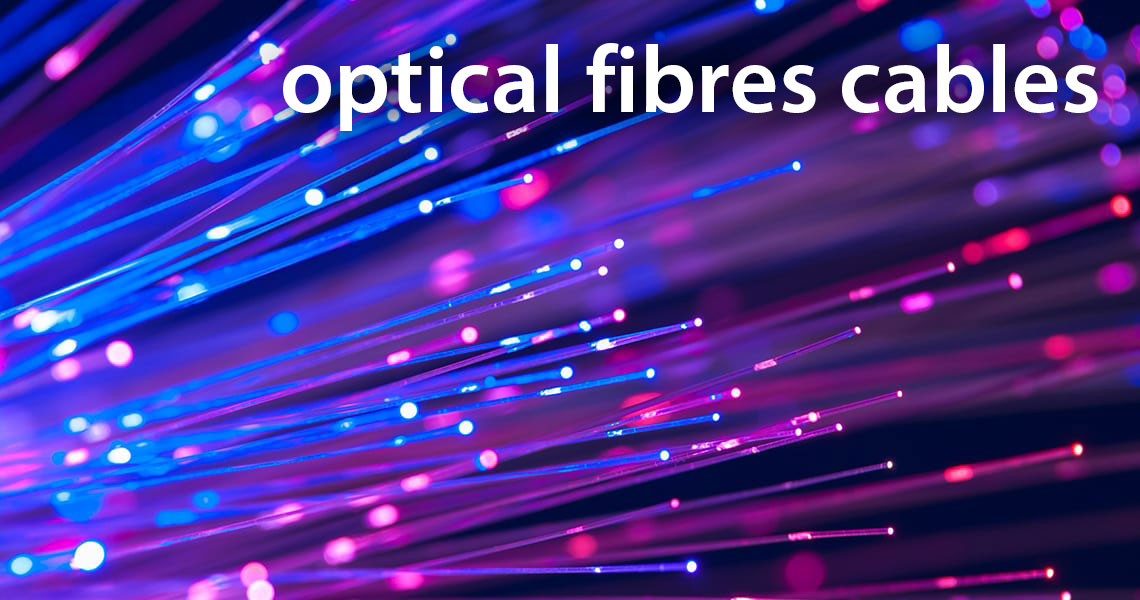
Tratos are an experienced international manufacturer and supplier of Fibre Optic Cables. Production of Optical Fibre Cables started in 1989, and since then, Tratos has invested in the latest technology, materials and human resources needed to meet the highest performance requirements in the field of all communication systems.
Tratos invest, on average, 7% per year in research and development on new equipment and new products.
Using Lucent OFS and Prysmian fibres, Tratos manufacture the complete range of Fibre Optical Cables used by BT (British Telecom), (NR) Network Rail and other National and International bodies.
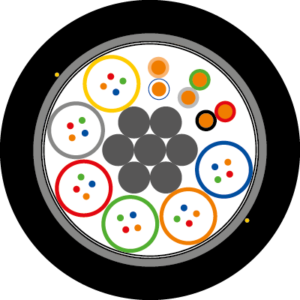 The Step Index single-mode optical fibre (SMF) fibres used to manufacture cables for BT meet or exceed the requirements for both Category 1 and Category 2 fibres as specified in CW 1505 for systems operating in the wavelength range of 1260nm to 1625nm.
The Step Index single-mode optical fibre (SMF) fibres used to manufacture cables for BT meet or exceed the requirements for both Category 1 and Category 2 fibres as specified in CW 1505 for systems operating in the wavelength range of 1260nm to 1625nm.
Step Index single-mode optical fibre (SMF) fibres are also used to manufacture cables in accordance with Network Rail Specification NR/PS/TEL/00014. And for demanding Naval applications such as Black Shark, the new generation of heavyweight torpedo
The Graded Index Multimode (50/125μm) optical fibres used by Tratos are optimised for operation in the 1300nm wavelength region and provide a specified transmission capability in the 850nm wavelength region, meeting or exceeding the requirements of CW 1504. In addition, these fibres comply with IEC60793-2-10 type A1a and also with categories OM1 to OM4 as defined in ISO/IEC 11801.
All of the polymeric materials used in the construction of cables for BT meet or exceed the requirements of British Telecom Fibre Specification CW1500-7 or BS EN 50290 as applicable and are RoSH compliant.
All Tratos Aerial and Drop cables meet or exceed the operational requirements specified in BT Specification CW1500-11.
Tratos production of Optical Fibre Cables includes 1 single fibre to over 2,000 fibres in loose tube, ribbon, slotted ribbon, as well as composite hybrid copper and fibre cable.
All Tratos optical fibre cables for Internal use are available in LFH (Limited Fire Hazard) constructions.
There are two basic types of Fibre
These two basic types can be broken down into
NOTE: Each fibre has its own unique characteristics and requires careful selection to ensure optimum compatibility with the detailed application.
Tratos Engineers have the knowledge and experience to advise customers and assist them with the selection of the most appropriate cable for their application
Telecommunication Cables / Optical Fibres Cables / UK Telecom Fibre Optic Cables Telecommunication Cables / Optical Fibres Cables / Wrap Cables
Telecommunication Cables / Optical Fibres Cables / UK Telecom Fibre Optic Cables Telecommunication Cables / Optical Fibres Cables / Wrap Cables
Telecommunication Cables / Optical Fibres Cables / UK Telecom Fibre Optic Cables
Telecommunication Cables / Optical Fibres Cables / UK Telecom Fibre Optic Cables
Telecommunication Cables / Optical Fibres Cables / UK Telecom Fibre Optic Cables
Telecommunication Cables / Optical Fibres Cables / UK Telecom Fibre Optic Cables
Telecommunication Cables / Optical Fibres Cables / UK Telecom Fibre Optic Cables
Telecommunication Cables / Optical Fibres Cables / UK Telecom Fibre Optic Cables
Telecommunication Cables / Optical Fibres Cables / UK Telecom Fibre Optic Cables
Telecommunication Cables / Optical Fibres Cables / UK Telecom Fibre Optic Cables
Telecommunication Cables / Optical Fibres Cables / UK Telecom Fibre Optic Cables
Telecommunication Cables / Optical Fibres Cables / UK Telecom Fibre Optic Cables
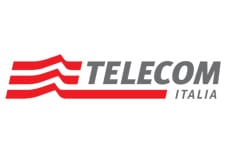
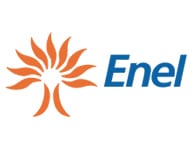
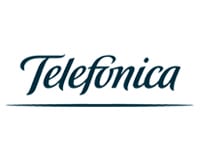
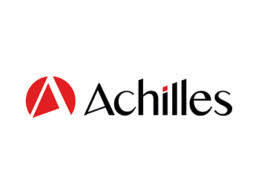
Please, don’t hesitate to contact us for additional information on our company or our products.
In the UK, fibre optic cables have become an essential infrastructure component for broadband and high-speed data transmission. The deployment of fibre optic networks has been pivotal in supporting the proliferation of high-definition streaming, online gaming, telemedicine, and the IoT (Internet of Things) ecosystem. Technically speaking, most of the fibre networks in the UK utilise Single Mode Fibre (SMF), predominantly G.652.D type, optimised for performance within the 1310 nm to 1550 nm wavelength range. Multi-mode fibre, typically of OM3 and OM4 types, is often reserved for shorter-distance applications such as in data centres.
The demand for faster and more reliable internet connections has driven many service providers to adopt the FTTP (Fibre to the Premises) model, ensuring direct fibre connections to homes and businesses. With FTTP, data rates of up to 1 Gbps and even 10 Gbps have been achieved, depending on the technology overlay. DWDM (Dense Wavelength Division Multiplexing) is increasingly utilised to maximise the capacity of long-haul and metro fibre networks by transmitting multiple wavelengths of light simultaneously through a single fibre strand.
Key Data on Fibre Optic Cables in the UK
Our website uses cookies and thereby collects information about your visit to improve our website (by analyzing), show you Social Media content and relevant advertisements. Please see our cookies page for further details or agree by clicking the 'Accept' button.
Below you can choose which kind of cookies you allow on this website. Click on the "Save cookie settings" button to apply your choice.

This content is blocked. Accept cookies within the '%CC%' category to view this content.